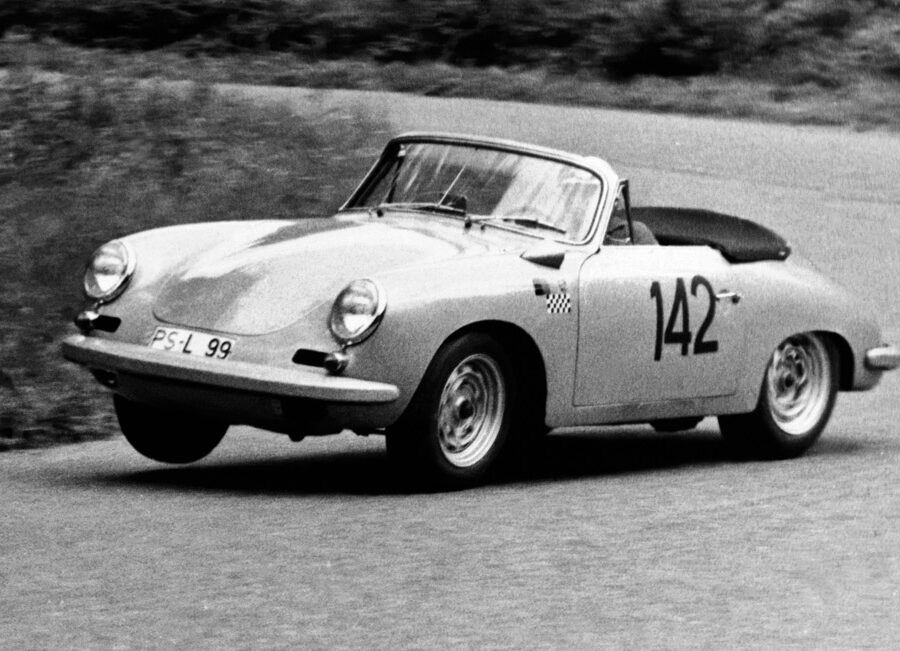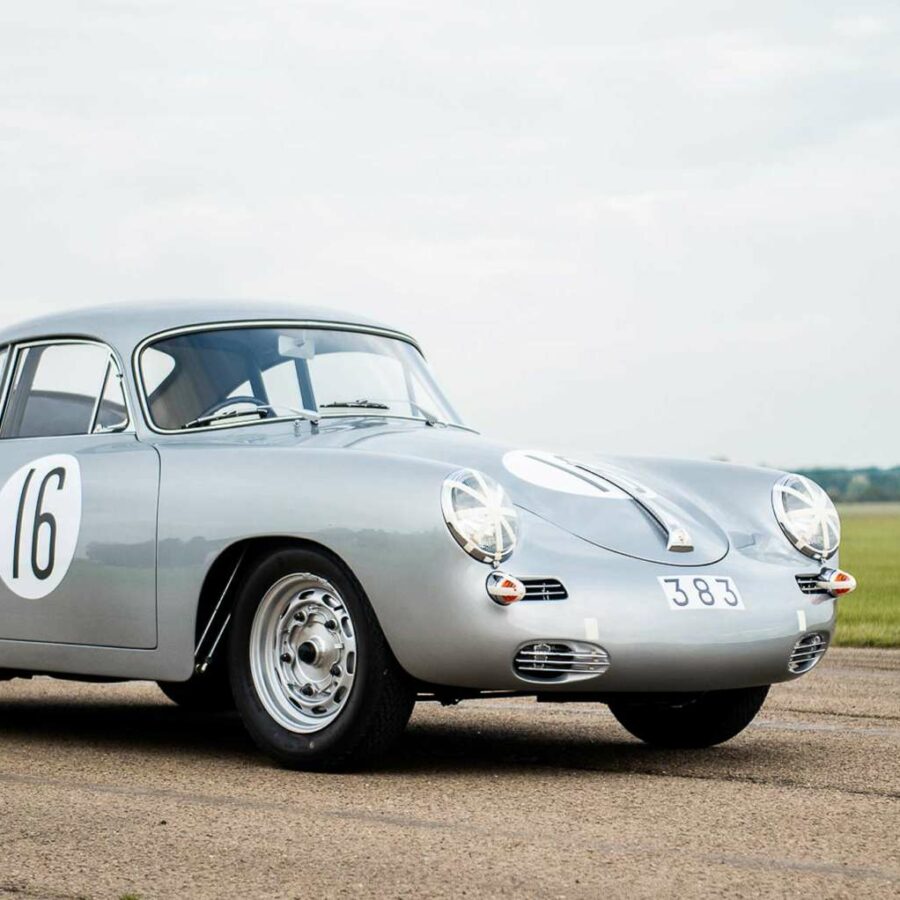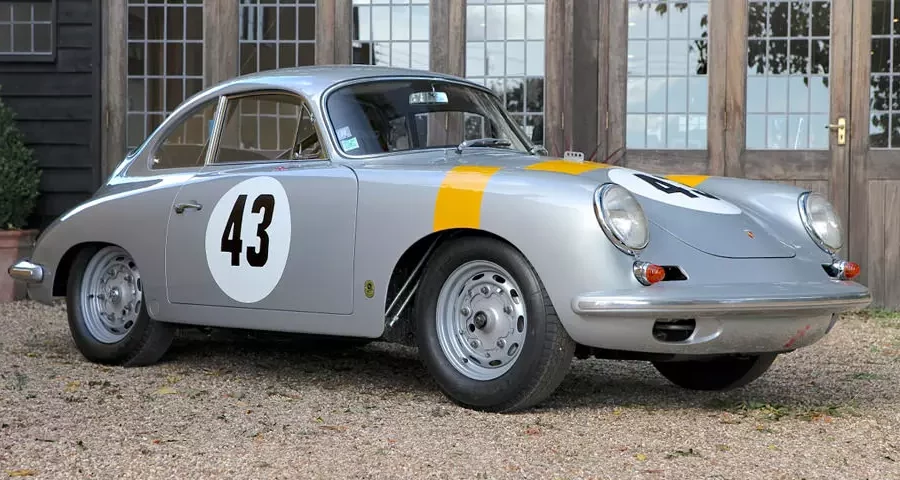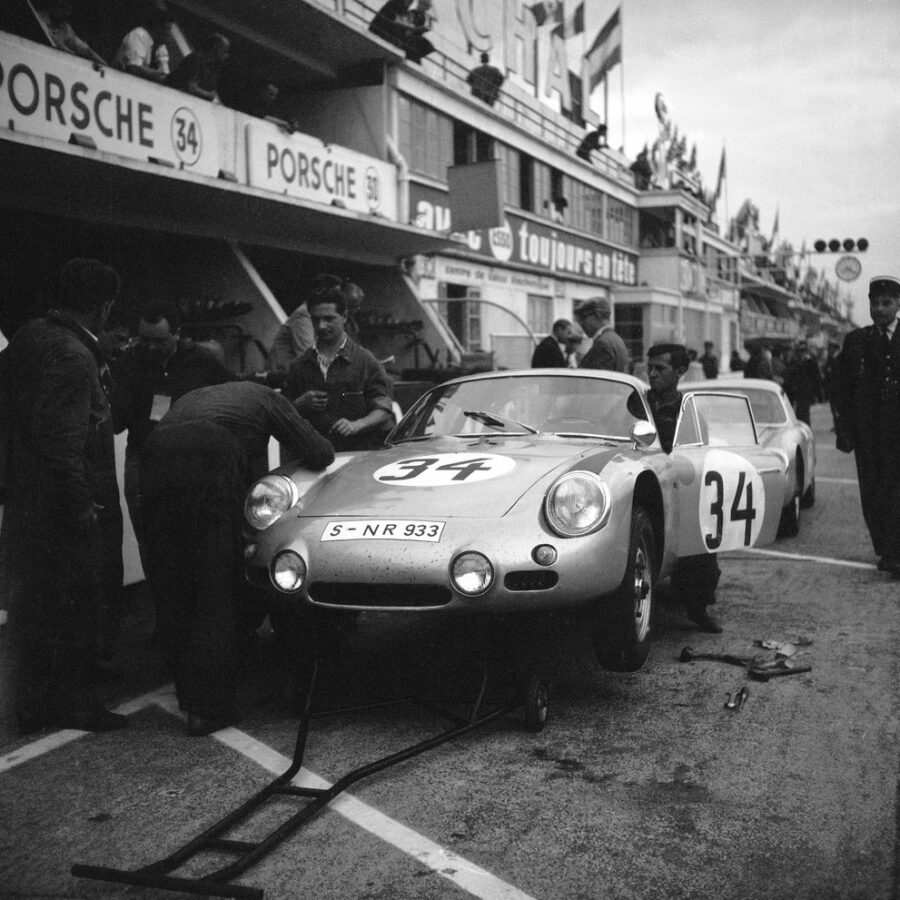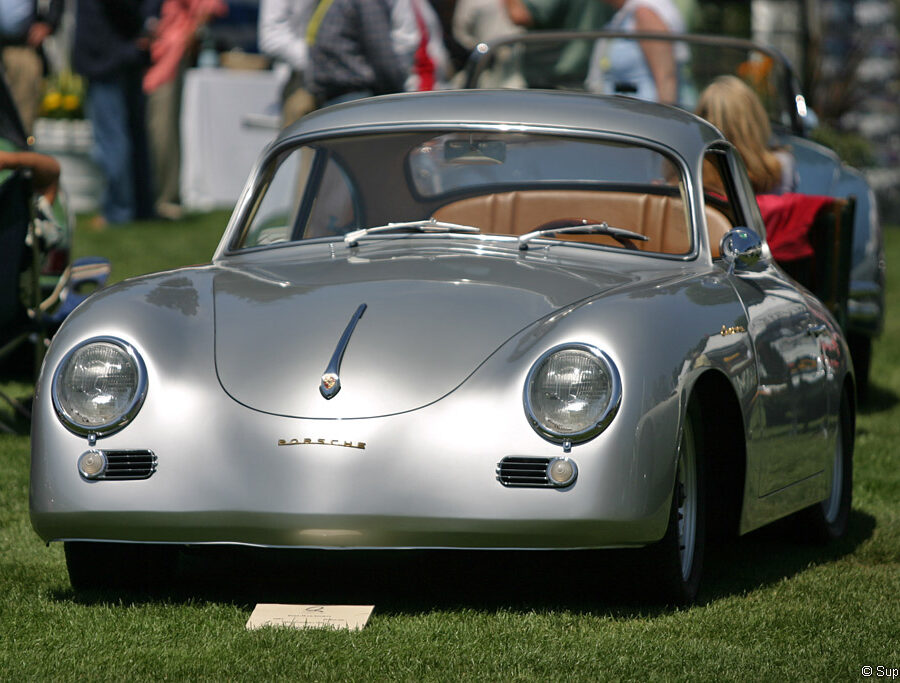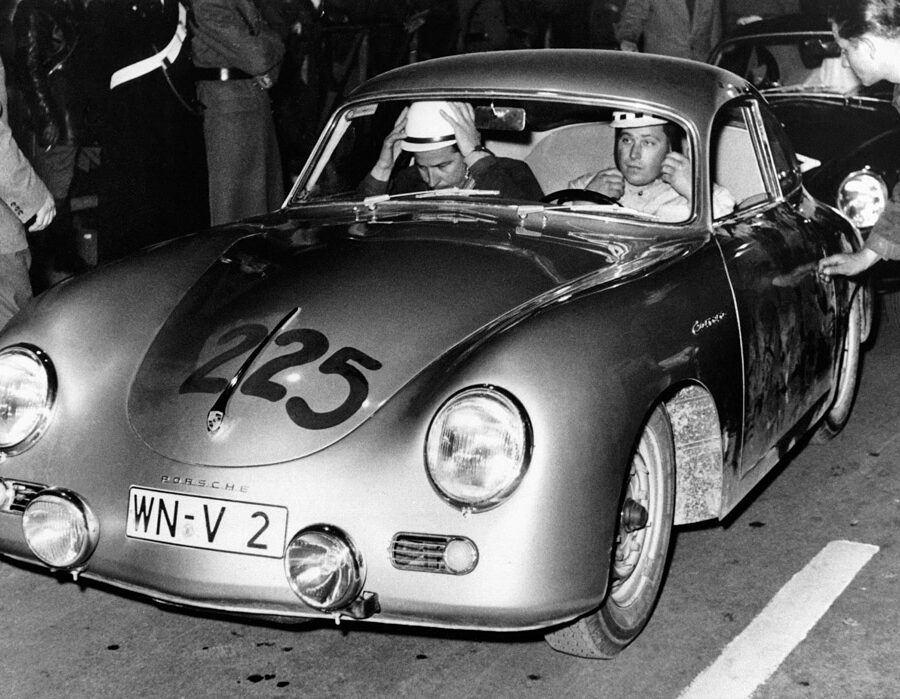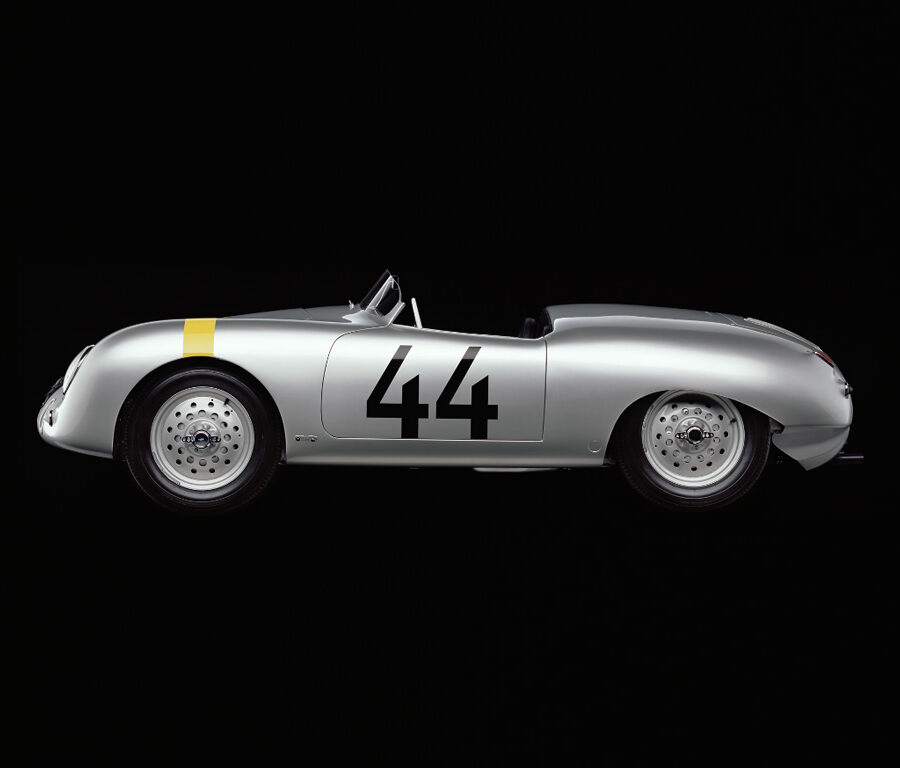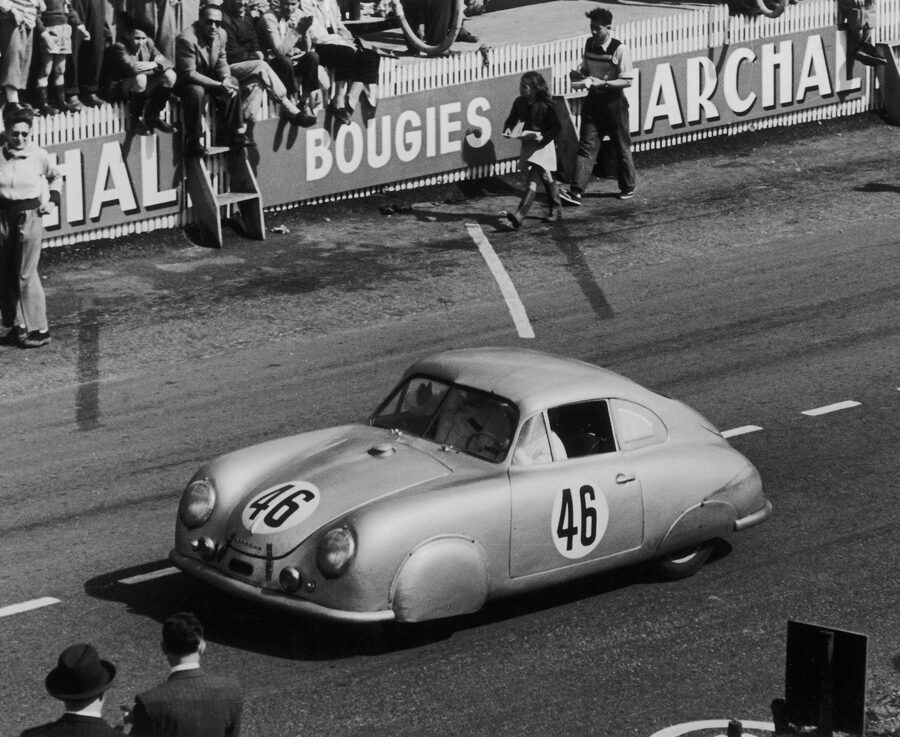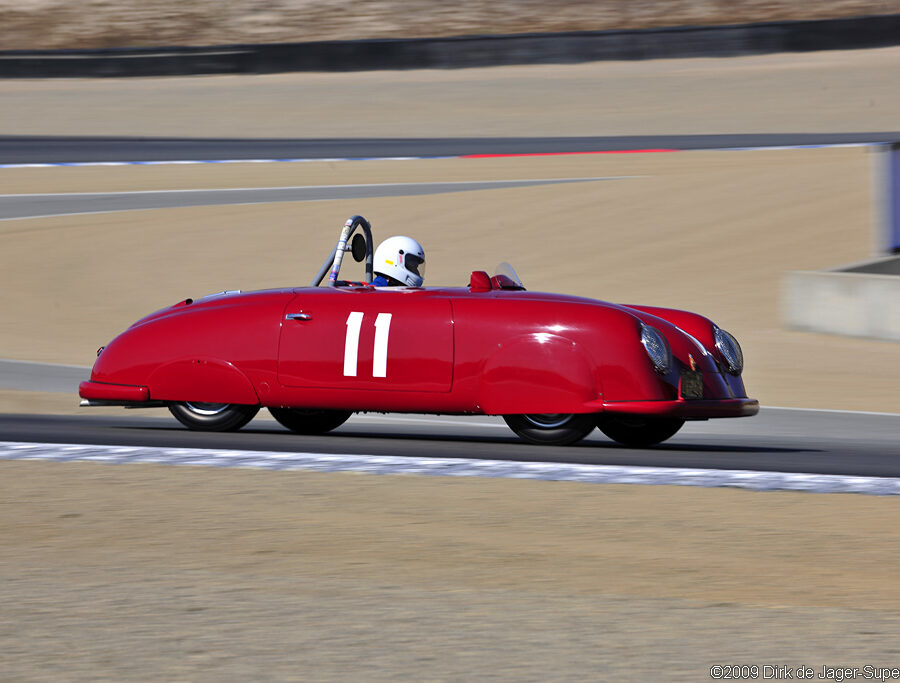Porsche 356 B 2000 GS/GT Carrera (1962 – 1963)
After a long absence of a Carrera model in the 356 model lineup, Porsche made another version with the intro of a 2.0L engine.
Porsche 356 B 1600 GS/GT Carrera Coupe (1960 -1961)
Just 49 356 B GS/GTs Produced. Built from lightweight materials and had Porsche’s most powerful racing engine of the time
Porsche 356B 1600 Super 90 GT Coupe (1960 – 1961)
Fourteen Super 90 Coupes were ordered with the lightweight GT package for racing.
Porsche 356B/1600GS Carrera GTL Abarth (1960 – 1961)
In keeping with FIA regulations, Porsche created a new lightweight 356 with help from Abarth
Porsche 356 A 1600 GS Carrera GT (1958 – 1959)
Sold alongside the Carrera de Luxe, the GT was lightened and prepared for racing.
Porsche 356 A 1500 GS Carrera GT (1957 – 1958)
The fastest street-legal automobile offered by the still-small German automaker in 1957
Porsche-Glöckler 356 Roadster (1952)
Successful VW Dealer and sporstcar racer, Walter Glöckler built this special car for the German Car Championship
Porsche 356 SL Gmünd Coupe (1951)
In 1950, eleven remaining Gmund chassis were assembled after the factory returned to Germany and converted to SL racing spec
Porsche 356 SL Roadster (1951)
Before the 1952 races at Torrey Pines, von Neumann had Emil Diedt remove the coupe's roof, creating in effect the first Carrera Speedster.



